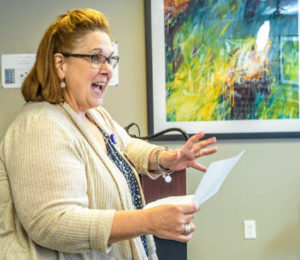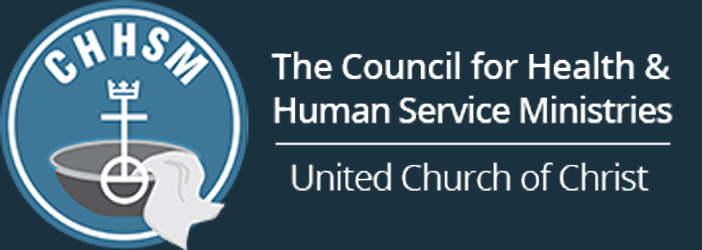Creating Healthier Outcomes for Older Adults Key in UCC-related St. Andrew’s Resources for Seniors Collaboration
 A little more than 10 years ago, two independent St. Louis-based nonprofits were looking for new ways of providing vital home health services to older adults after discharge from a rehabilitation community or hospital stay. So the UCC’s St. Andrew’s Resources for Seniors System and Bethesda Health Group partnered to create St. Andrews & Bethesda Home Health. In August 2018, the staff and leadership team celebrated its 10th anniversary.
A little more than 10 years ago, two independent St. Louis-based nonprofits were looking for new ways of providing vital home health services to older adults after discharge from a rehabilitation community or hospital stay. So the UCC’s St. Andrew’s Resources for Seniors System and Bethesda Health Group partnered to create St. Andrews & Bethesda Home Health. In August 2018, the staff and leadership team celebrated its 10th anniversary.
The partnership “strengthens our commitment to successful outcomes, which are measured by keeping residents out of the hospital and as independent as possible,” says Mary Alice Ryan, CEO of St. Andrew’s. “In addition to general home rehabilitation needs, the St. Andrews & Bethesda Home Health team of registered nurses, therapists (physical, occupational and speech), medical social workers and aides can address a wide range of issues.”

Deni O’Malley tells the gathered staff the good news of Home Health’s first 10 years.
The joint venture offers help in a range of services, from temporary assistance after illness or hospitalization to intermittent medical care as prescribed by the older adult’s physician. During the Aug. 29 celebration, Deni O’Malley, director of St. Andrew’s & Bethesda Home Health, noted these statistics from the agency’s first 10 years of service:
- 160,000 patient visits
- 120,000 ours of care
- 7,200,000 minutes of care
- 8,500 patients treated
To ensure the continued success of St. Andrew’s & Bethesda Home Health, the leadership teams from both nonprofits meet on a regular basis to guide the agency’s direction. “We recommend our Home Health to our communities,” says Ryan, “because our Home Health staff have been trained to the standards and customer service expectations we know are best for our residents.”
But perhaps the biggest benefit of Home Health is the increase in services offered because of the partnership. “This is a true testament of two independent nonprofits working together, because either one company would not have the volume to be successful in providing the trained staff,” Ryan adds. Because of the partnership, “we can spend more funds on training, education and resident care, and less on marketing.”
Join Our Mailing LIst
Follow on Facebook
Iredell Adult Day Services Hosts Ribbon-Cutting to Celebrate Adult Day Health Certification - CHHSM
www.chhsm.org
Iredell Adult Day Services (IADS) in Newton, N.C. — a nonprofit organization dedicated to caring for older adults, vulnerable groups, and their families, and part of EveryAge — hosted a ribbon cut...